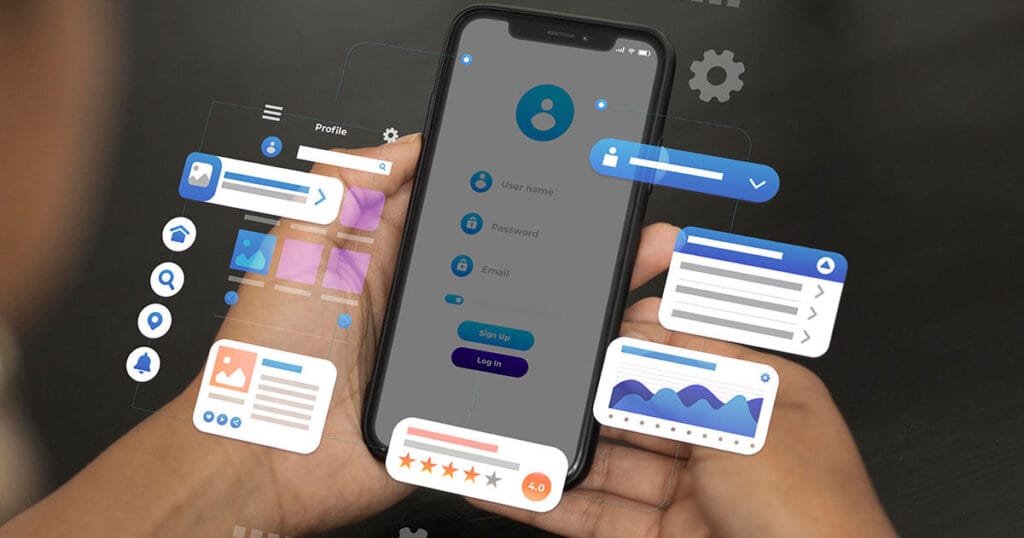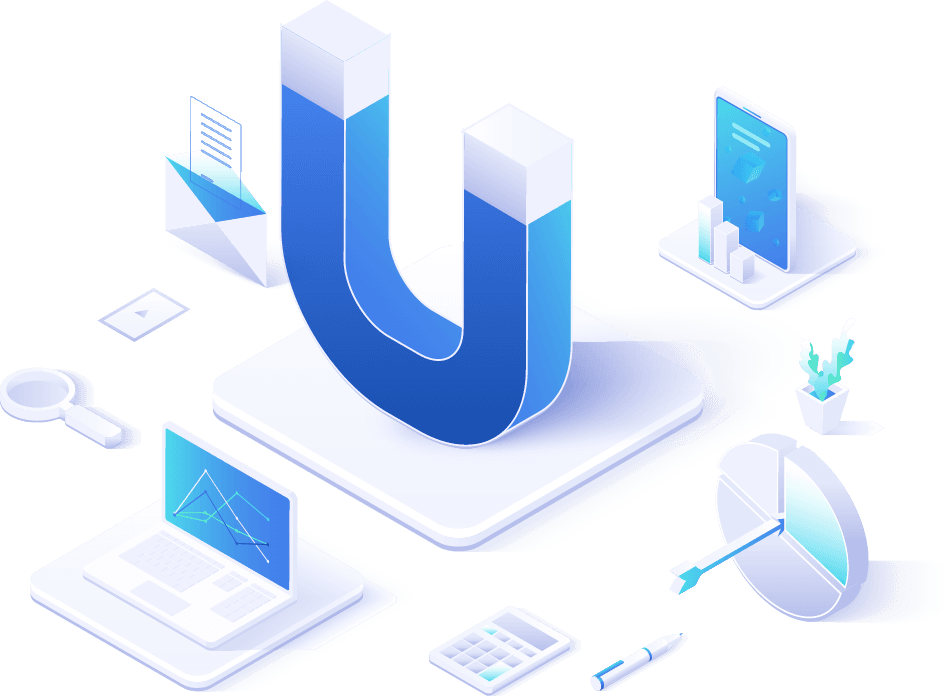In the ever-accelerating digital landscape, businesses often feel like they’re sprinting with legacy shoes on built for a different terrain, slower times, and less complex needs. Over the years, I’ve seen this first-hand across several projects where outdated applications became bottlenecks instead of enablers. That’s when application modernization becomes not just a tech upgrade, but a strategic necessity.
But modernization isn’t about replacing everything with shiny new code. It’s about reimagining, carefully, deliberately and often creatively. In my experience, the 5 R’s of application modernization (Rehost, Refactor, Replat form, Rebuild, and Retire) are not just technical categories; they’re practical lenses that help organizations save time, reduce cost, and adapt faster without burning down their foundations. Let me walk you through how each of these R’s has helped make transformation smoother and more sustainable.
Rehost – The Quick Win That Builds Confidence
Also known as “lift and shift,” rehosting has been the most common first step in many projects I’ve worked on. We once moved a logistics management system from an on-premises server to a cloud environment in under a week. It didn’t solve every problem, but it gave the team immediate access to scalability, backups, and remote access. Sometimes, confidence is built on quick wins. Rehosting delivers that without touching the application’s code. It’s a good starting point when you’re looking to buy time and reduce infra costs.
The Role of AI-Powered Analytics in a Distributed World
In my opinion, one of the biggest game-changers is the ability of today’s BI and BA tools to operate anywhere whether on-premise, in the cloud, or across hybrid environments. Companies no longer need to worry about where their data sits. Modern platforms ensure security, scalability, and sustainability, making it easier than ever to unlock insights without barriers.
More importantly, with AI weaving through every layer of analytics, businesses can make decisions in real-time, not in hindsight. Predictive modeling can detect patterns invisible to human eyes. Recommendation engines can fine-tune marketing campaigns automatically. Risk scoring systems can prevent fraud before it happens. This fusion of AI, BI, and BA offers businesses a genuine competitive edge an ability to adapt and thrive in an unpredictable marketplace.
Refactor – Trimming the Fat, Keeping the Muscle
Refactoring is where things get interesting. It’s about tweaking the internal code repackaging features into microservices, cleaning up technical debt, and often aligning with DevOps automation. One financial client had a monolithic application with 2-minute page loads. Refactoring key services into modular containers cut load times to under 15 seconds.
The bonus? We could deploy updates without touching the entire codebase. That’s agility in action.
Replat form – Upgrading the Engine Without Rebuilding the Car
Replat forming strikes the balance between change and stability. A manufacturing client had software that worked reasonably well but was running on outdated middleware and unsupported databases. We migrated it to a Kubernetes-based container architecture, enabling auto-scaling and performance optimization—without rewriting a single business logic.
This also made the app more energy efficient. Less compute. More sustainability. Small moves, big impact.
Rebuild – When You Have to Start Over (But Smarter)
Rebuilding is the most time-consuming R, but sometimes, it’s the only way forward. We had a healthcare platform that was clunky, non-compliant, and insecure. The decision to rebuild wasn’t easy, but it gave us a chance to design secure APIs, real-time data streams, and full cloud-native integration.
Interestingly, the rebuild also allowed us to embed green coding principles leaner compute logic, optimized storage, and scheduled processing to reduce energy use. Modernization isn’t just about features, it’s about responsibility.
Retire – Letting Go Gracefully
Let’s face it: not everything deserves modernization. One of the most overlooked (but powerful) decisions is to retire redundant or low-value apps. A retail client had six different tools for reporting, three of which were barely used. We decommissioned them, consolidated reporting into one cloud dashboard, and reduced their licensing cost by 40%.
Sometimes, the best strategy is subtraction.
Beyond Tech: It’s About People and Purpose
The 5 R’s may sound like a technical framework, but they’ve helped me navigate human challenges too resistance to change, fear of system failure, or team overload. Framing modernization as a journey not a rip-and-replace mission builds empathy, brings buy-in, and boosts team morale.
What I’ve learned is that application modernization isn’t just about staying relevant. It’s about building resilient, ethical, and scalable systems that align with tomorrow’s expectations sustainability, flexibility, and speed.
And sometimes, the biggest transformation isn’t in the app it’s in how we think about progress.
Share Blog
- May 20, 2025



